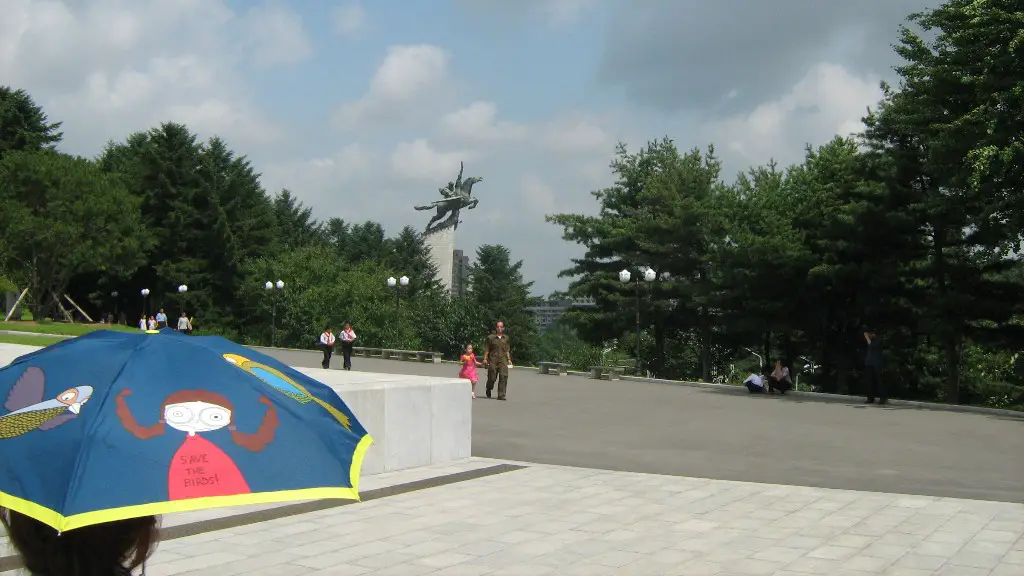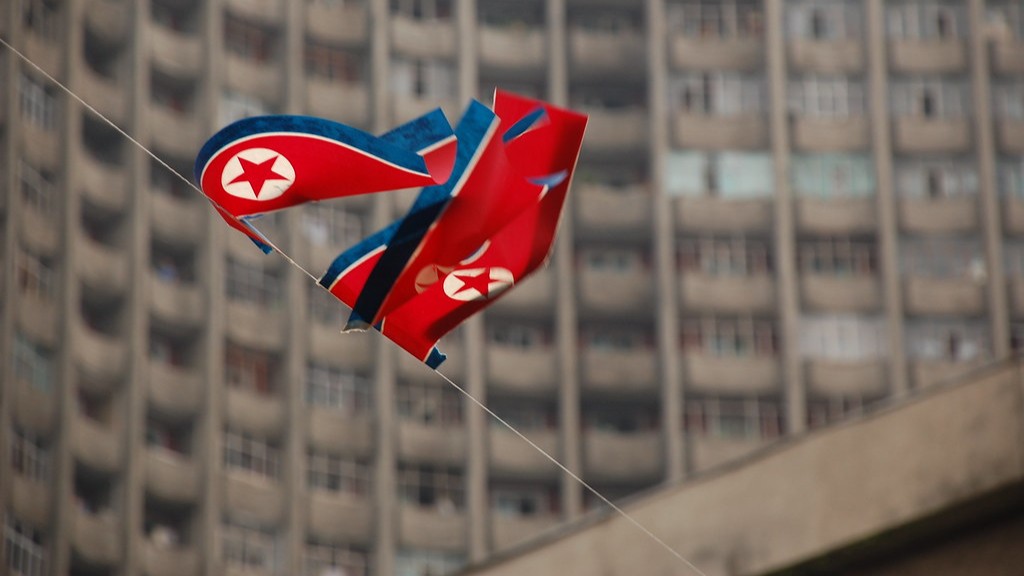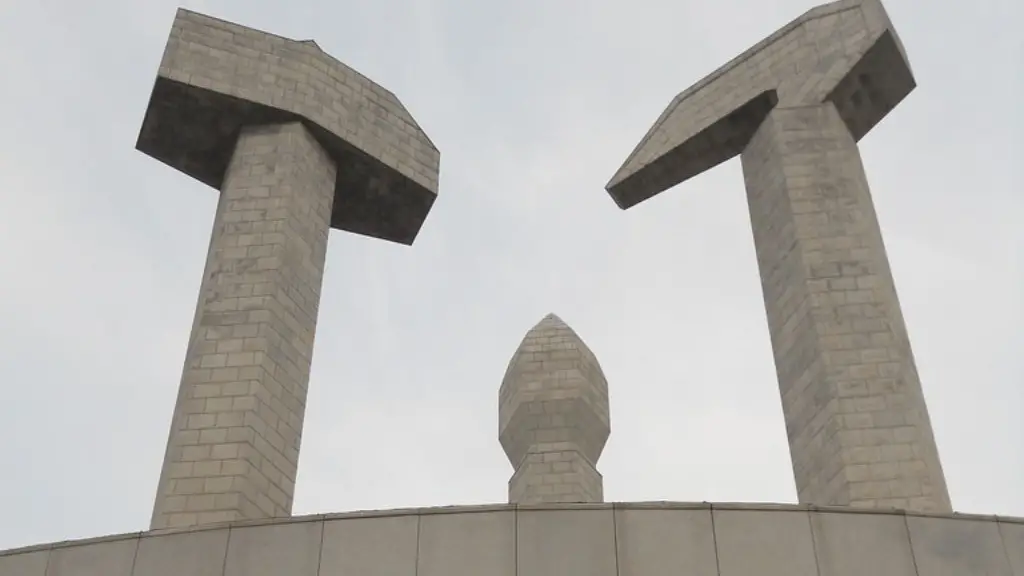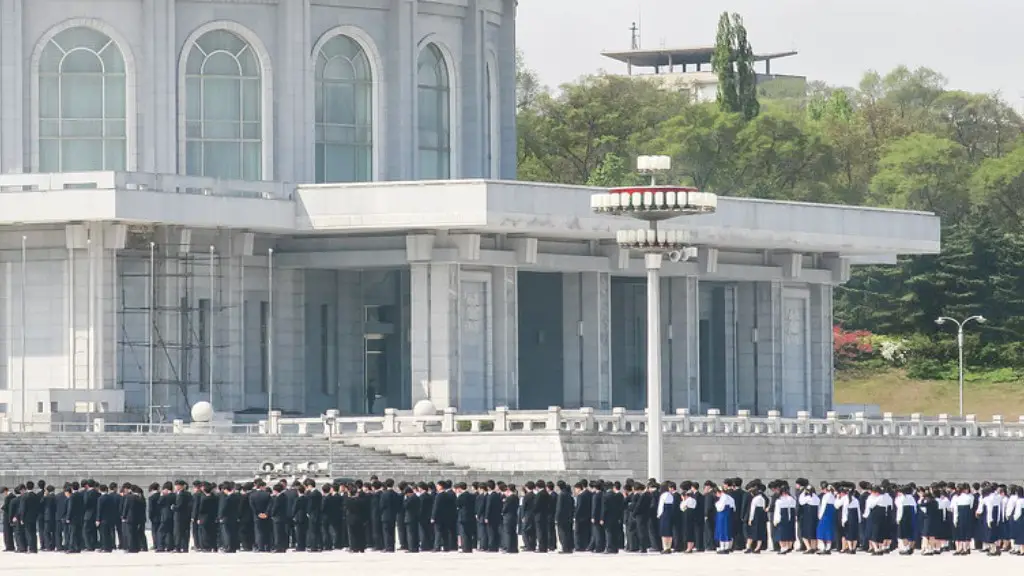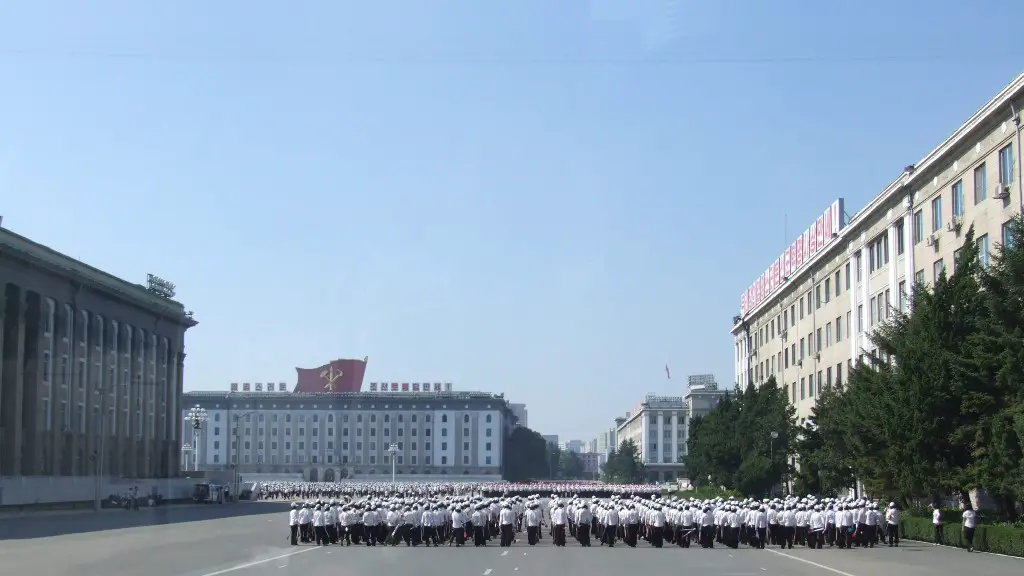At the start of the Korean War in 1950, North Korea made a dramatic move and launched an invasion into its southern neighbor, South Korea. The reasons for this invasion—and for the conflict that ensued—have roots that were decades in the making.
For centuries, the Korean Peninsula has been split between influential and often conflicting powers. After the Second World War, the dividing line had become the 38th Parallel, which separated a USSR-backed region in the North from a US-allied region of the South.
By 1950, lobbying from both sides resulted in a major power struggle, with each side in the international conflict vying for influence by proxy. This dynamic eventually shifted when North Korean leader Kim Il Sung announced plans to form a unified Korean state, allied to the USSR and under the control of North Korean leadership.
While this announcement resulted in fear from South Korean leadership, it appears to have been interpreted by Kim and the newly-created North Korean Army as ground for a total invasion. In June of 1950, Pyongyang declared itself the only legal government for the entirety of Korea. Less than two weeks later, North Korean forces crossed the 38th Parallel and invaded South Korea.
This initial invasion quickly grew into an all-out conflict that, by the fall of 1950, included massive numbers of US troops and sparked increased tensions between the communist bloc and the US-led NATO allies. The Korean War went on for another two years before a ceasefire was declared, and to this day North and South Korea remain divided.
Militarization of North Korea in the 1940’s
With the Soviet Union occupying North Korea prior to the start of the Korean War, it’s unsurprising that Pyongyang was eager to arm itself with Soviet weapons and troops by the mid 1940’s. In hindsight, it’s clear that these efforts were driven largely by the North Korean leadership’s ambitions and goals, though it’s uncertain whether Kim Il Sung had any intentions of invading the South Korean region of the Korean Peninsula.
What’s certain is that the North Korean military was increasingly well-funded with Soviet resources, which left the South Korean forces at a clear disadvantage. For example, though the South Korean troops were equipped with some outdated US-made firearms, the North Korean military was armed with modern tanks and weapons that greatly outmatched South Korea’s outdated equipment.
Such a clear imbalance of military power would have been a key factor in Pyongyang’s decision to launch the invasion of South Korea in 1950. The North Koreans believed that their arms advantage would overwhelm the South Koreans, allowing them to quickly emerge victorious in the conflict.
Though North Korean troops did indeed make a surprise attack on South Korea, they ultimately failed to control any regions beyond the 38th Parallel. With US troops and military aid flooding in to South Korea, Pyongyang found itself outmatched and unable to establish a unified Korean state under its control.
Economic Crisis in North Korea
The lead up to the Korean War saw a great deal of economic hardship in North Korea, with many experts suggesting that this was a key factor in Pyongyang’s decision to invade South Korea. Inflation had been steadily rising for months, leaving North Korea’s citizens to struggle with poverty and lack of resources.
The country had also been without formal leadership for some months, resulting in a period of confusion and chaos. It appears that Kim Il Sung and his advisors saw the invasion of South Korea as a means of garnering national support, instilling some sense of national purpose among North Koreans who were struggling to make ends meet.
As a result, Pyongyang used propaganda drawings and carefully crafted messages to turn their citizens against South Korea and the “warmongers” of the west.
The buildup to the Korean War included numerous other factors—from the growth of militarism and nationalism in the North to the US’s lack of awareness of the North Korean threat—but the North Korean desire to unify a Korean state remained the primary driving force.
Response from the United Nations
The United Nations immediately responded to the North Korean invasion of South Korea, with the UN Security Council passing its first-ever resolution on 25 June 1950. The resolution “condemned the unprovoked invasion” of South Korea, and demanded that North Korea “immediately cease hostilities and withdraw its forces to the 38th Parallel”.
This was followed by a US-sponsored resolution authorizing a UN-sponsored multinational force to assist South Korean troops in their efforts to repel the North Korean invasion. These internationally-backed forces, led by US General Douglas MacArthur, made a dramatic airborne landing behind North Korean lines in late September 1950. This was followed by a string of US-led victories that pushed the North Korean army back across the 38th Parallel.
Throughout the conflict, the United Nations remained heavily involved, sending teams of observers and calling for the ceasefire negotiations that led to the armistice of 1953.
Nature of the War
The nature of the Korean War was unprecedented in modern warfare, with both sides using a variety of tactics to slowly push one another back. While the fighting on the ground was heavy, the use of air power and naval bombardment during the war remains one of the most significant episodes of the conflict.
The US’s bombing campaign was especially brutal; to this day, it remains the most sustained and devastating bombing campaign ever conducted by the US. This ultimately succeeded in driving the North Korean forces back, though at a heavy cost in terms of civilian casualties, property damage, and the disruption of infrastructure and the environment.
Legacy of the War
Since the end of the Korean War more than 65 years ago, North and South Korea have remained divided, though both have since evolved into separate, distinct societies. Still, the legacy of the war continues to affect life on the Korean Peninsula, with the DMZ remaining an integral reminder of the conflict.
Most significantly, the Korean War set the stage for increased tensions between the USA and the Soviet Union, who were each backing opposite sides during the conflict. This period, which lasted for decades and included numerous proxy wars, is now considered the height of the Cold War, with the Korean War being one of the defining episodes of this era.
The Significance of the Korean War Today
The Korean War left a powerful legacy that continues to be felt today. In particular, the war helped to shape the global political landscape, solidifying the two distinct blocs of the Cold War and creating the conditions for further tension between the US and the USSR.
The Korean War also had a deep psychological impact, particularly on both Korean societies, which had experienced decades of overlapping rule and influence. While South Koreans developed a stronger sense of national identity, North Koreans maintained a deep fear of foreign power and influence, a fear that remains a major part of their society today.
Of course, geopolitical tensions still remain between North and South Korea, with the potential for localized conflict ongoing. Though the exact origin of this conflict is complex, it’s clear that the legacy of the Korean War has an integral role in the continuing tension between these two states.
Conclusion
The reasons for North Korea’s invasion of South Korea in 1950 remain complex and multifaceted, with many elements of geopolitics, militarism, and economics contributing to this defining period of history. How these events will continue to shape the geopolitical landscape of the future remains to be seen.
